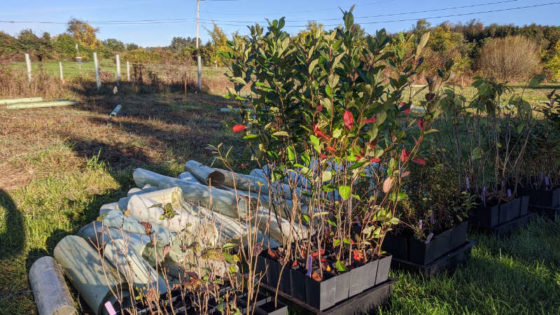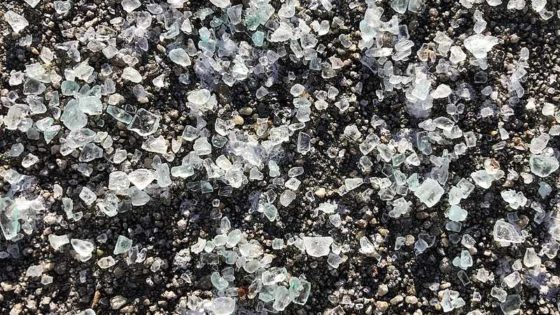MEDIA ALERT
FOR IMMEDIATE RELEASE: February 9, 2015
FOR MORE INFORMATION CONTACT:
Beverly M. Payton, Communications Director
AVONDALE, Pa. – Scientists and watershed restoration professionals at Stroud Water Research Center will restore Sharitz Run, a tributary to Doe Run in the headwaters of the Brandywine Creek near Coatesville and Unionville, Pennsylvania. The project goal is to reduce flooding to downstream communities and improve the stream ecology so that it will once again support a breeding population of native brook trout and other coldwater fish species.
The Brandywine Creek, which supplies the city of Wilmington, Delaware with its drinking water, floods almost annually, with half of the 10 largest floods having occurred in the past three years. These events often cause serious property damage, disrupt traffic and force the closure of schools and businesses in nearby towns.
Much of the land is deed restricted under conservation easements by the Brandywine Conservancy, a partner in the agreement, to preserve open space. However, a large portion of the watershed is actively farmed. During storms, even the best managed fields and pastures generate more water, sediment, nutrient and bacterial runoff than natural mature forestlands do. That runoff then rushes downstream during storms, increasing flood heights and reducing water quality. And without the protective shade of streamside forests, streams are exposed to the sun; they heat up dramatically in the summertime, stressing stream fishes that require cold water.
When completed, the three-year project, funded by a $3 million grant from the National Fish and Wildlife Foundation, will reduce flooding to downstream communities and restore the health of 14.4 miles of streams — currently designated as “impaired” for aquatic life by the Pennsylvania Department of Environmental Protection. Melinda Daniels, Ph.D., associate research scientist at Stroud Center, says the restoration project is unprecedented in its scale and scope.
“This is not the standard small restoration project that works on a few hundred feet of stream channel to try and fix problems that are actually generated up on the hillslopes. We are putting in 14,000 feet of infiltration berm to intercept and infiltrate surface runoff from fields,” says Daniels. “And we’re not just planting a few trees; we’re putting in almost 80 acres of riparian forest buffer to improve stream temperature and water quality.” Numerous studies have shown that streamside forest buffers absorb stormwater runoff and filter pollutants before they can reach a stream. Moreover, a mature forest canopy provides shade, cooling the stream and returning it to a cold water temperature suitable for fish. Falling leaves provide essential food for aquatic microbes and insects. Fallen trees and branches improve the physical structure of the stream and slow the flow of floodwaters during storms. Since it will take years for the forest buffer to mature enough to provide this ecosystem benefit, Daniels’ team will accelerate that process by placing large woody debris in the stream as part of the restoration effort. “This gives the streams a head start while the forest catches up. The watershed will only continue to improve as the riparian forests matures.”
During each stage of the process Stroud Center researchers will measure the before-and-after results. A study analysis will be written and submitted to peer reviewed freshwater science journals for review and publication.
Daniels says the effort is unique because most other stormwater mitigation projects don’t attempt to restore a watershed ecologically. Instead, she says, they install infrastructure, such as stormwater detention basins or created wetlands in a “piecemeal, Band-Aid approach.”
“Communities all over the East Coast are struggling to find solutions to reduce stormwater flooding. This will become even more urgent with the anticipated intensification of storms due to climate change,” she says.
“When completed, this project will serve as a regional demonstration site for watershed restoration,” Daniels says. “It will show that it’s best to address flooding and pollution control issues at their source — often that can mean on rural agricultural lands upstream rather than having cities and municipalities deal with the problem downstream where it’s much more expensive to remedy.”



